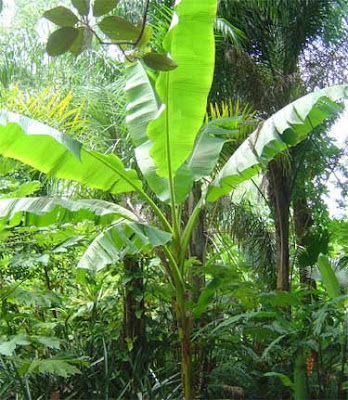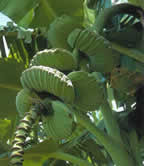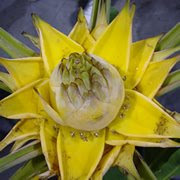
I just finished a great book about organic vs. conventional gardening. It is called "The Truth About Organic Gardening" by Jeff Gillman. Why did I like it? Well, for one it was an easy read. I'm a plant geek, not a bookworm. Also, I really agreed with the author, so that made it fun to read (self justification is good for anyone).
Mr. Gillman really throws it all on the table, comparing and contrasting several different organic and synthetic solutions to common pest and disease problems. He points out that while many synthetics are harmful to the environment, some are not so bad. Also, some organics can be very harmful to the environment. He even uses an old analogy I really like, "A rattlesnake is organic, but it is very deadly".
He, like I, definitely believes in using organics over synthetics, but just wants his readers to be informed of what it is they are using.
I came up with another analogy while reading that I would like to share, but be warned. If you wear your heart on your sleeve, you may want to stop reading.
If you found a dog that was ill, had mange, parvo, and broken legs, and the vet said the best thing would be to put him down, you might agree it was the humane thing to do. But we see people nearly every day that insist on "saving" and plant that is wrought with disease, pests, and suffering root systems. The humane thing to do would be to put it out of it's misery. It is also the best thing you can do for the environment. The best way to be safe is to spray nothing at all.
Just keep this in mind the next time you find spider mites on a $1.29 annual plant.







